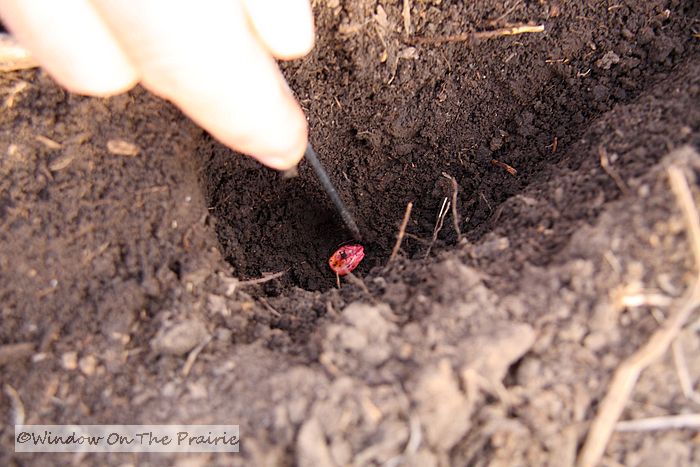

Don't reuse potting mix and don't use garden soil or compost. Sterilize all used pots and trays in a solution of 10% household bleach by soaking for 30 minutes.Infection of seedling stems by the damping off fungi results in thin wiry rotted stems that cannot support the seedling. Low light, overwatering, high salts from over fertilizing and cool soil temperatures are all associated with increased damping off. And any condition that slows plant growth will increase damping off.

The damping off pathogens thrive in cool wet conditions. Disease is particularly severe when seeds are planted in soils that are too cool for optimal germination or when weather turns cool and wet after planting resulting in slow germination and growth. Seeds planted directly into the garden can also suffer from damping off. If you use garden soil to fill seedling trays, you could introduce the damping off pathogens that cause the disease into the warm wet conditions best for seed growth. Garden soil often contains small amounts of the damping off pathogens. Once introduced to a seedling tray, the damping off pathogens easily move from plant to plant by growing through the potting media or in shared irrigation water. is often introduced on dirty hands, contaminated tools or by hose ends that have been in contact with dirt and debris. can be blown in and carried by insects like fungus gnats, or move in splashing irrigation water.

Your plants may look terrible, but their flexibility saved them from a monstrous rain storm.

Heavy rain damage on plants may leave them looking like they’ve been flattened to within an inch of their lives, but if you take a closer look at stems and branches, you’ll notice something amazing - most of those rain damaged parts are bent, not broken. Although plants flattened by rain are a troubling sight, torrential rains and plants have been co-existing for thousands of years - healthy plants are perfectly capable of managing rain damage. When rain is knocking down plants, gardeners often despair, worried that their precious petunias will never be the same. Rain is as important to your plants as sun and nutrients, but like anything else, too much of a good thing can spell trouble.


 0 kommentar(er)
0 kommentar(er)
